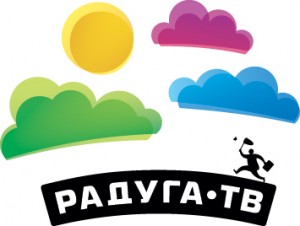Videocon d2h, the fastest growing satellite operator in India, has teamed with GreenPeak silicon to deploy a large volume of ZigBee in India. ZigBee, which is a set of wireless protocols used for data transfer, will now be part of STBs offered by Videocon d2h.
Anil Khera, CEO of Videocon d2h, said, “We have selected GreenPeak for their experience in ZigBee and their highly supportive approach. GreenPeak has guided our design team during the complete integration project for introducing ZigBee and their engineers have supported us during all stages of the project: from RF training through integration, design, layout and optimization to mass volume production. And finally, GreenPeak’s FTS (functional test system) guarantees high quality in production readiness. Their silicon offers superior technology advantages and their support is outstanding.”
The new Videocon d2h STBs that will be deploying GreenPeak’s ZigBee will reportedly be much faster than the ones that are already in the market. Only in November Videocon d2h had decreased the prices of its HD STB offerings. The company is also reportedly in talks with other DTH players, Dish TV and Airtel Digital to enter into a joint venture.





 Globecast has signed a new contract with longtime customer China Central Television (CCTV), the state broadcaster of China.
Globecast has signed a new contract with longtime customer China Central Television (CCTV), the state broadcaster of China. Viaccess-Orca has announced that Chem Assayag has joined the company as its new EVP, sales.
Viaccess-Orca has announced that Chem Assayag has joined the company as its new EVP, sales. Ukraine’s Volia is introducing new interactive functions of its Volia Smart HD STB with new features as time-shift, catch-up, multiscreen and premium VOD.
Ukraine’s Volia is introducing new interactive functions of its Volia Smart HD STB with new features as time-shift, catch-up, multiscreen and premium VOD. Luxembourg-based M7 Group is evaluating the potential acquisition of the Hungarian DTH platform Hello HD.
Luxembourg-based M7 Group is evaluating the potential acquisition of the Hungarian DTH platform Hello HD.
